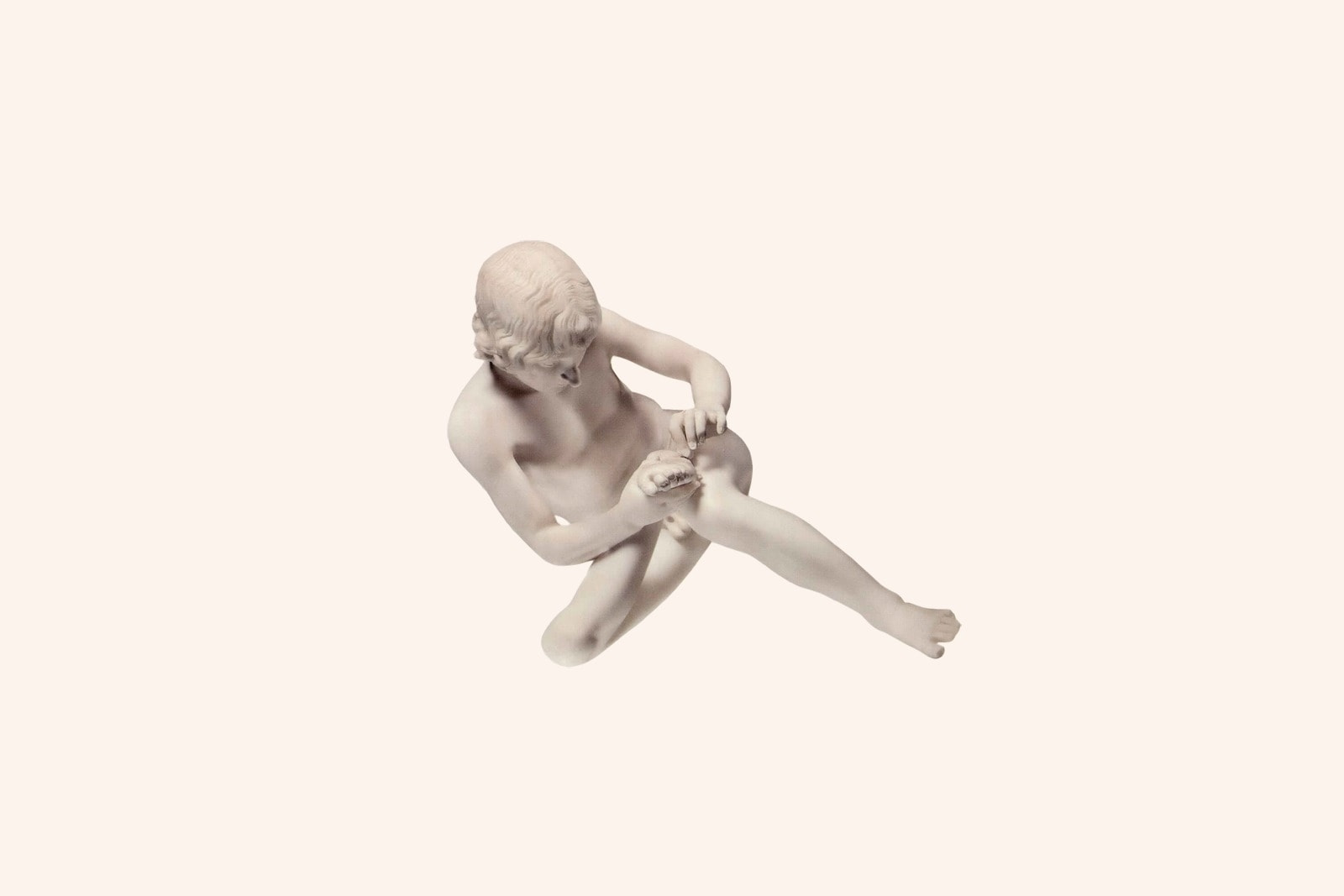The latest overview by Garage Research focuses on older and more recent studies exploring moments of radical change in how we think about art, its functioning and philosophy.
Books on “the End of Art”
Overview by Elena Ishenko and Valeriy Ledenev
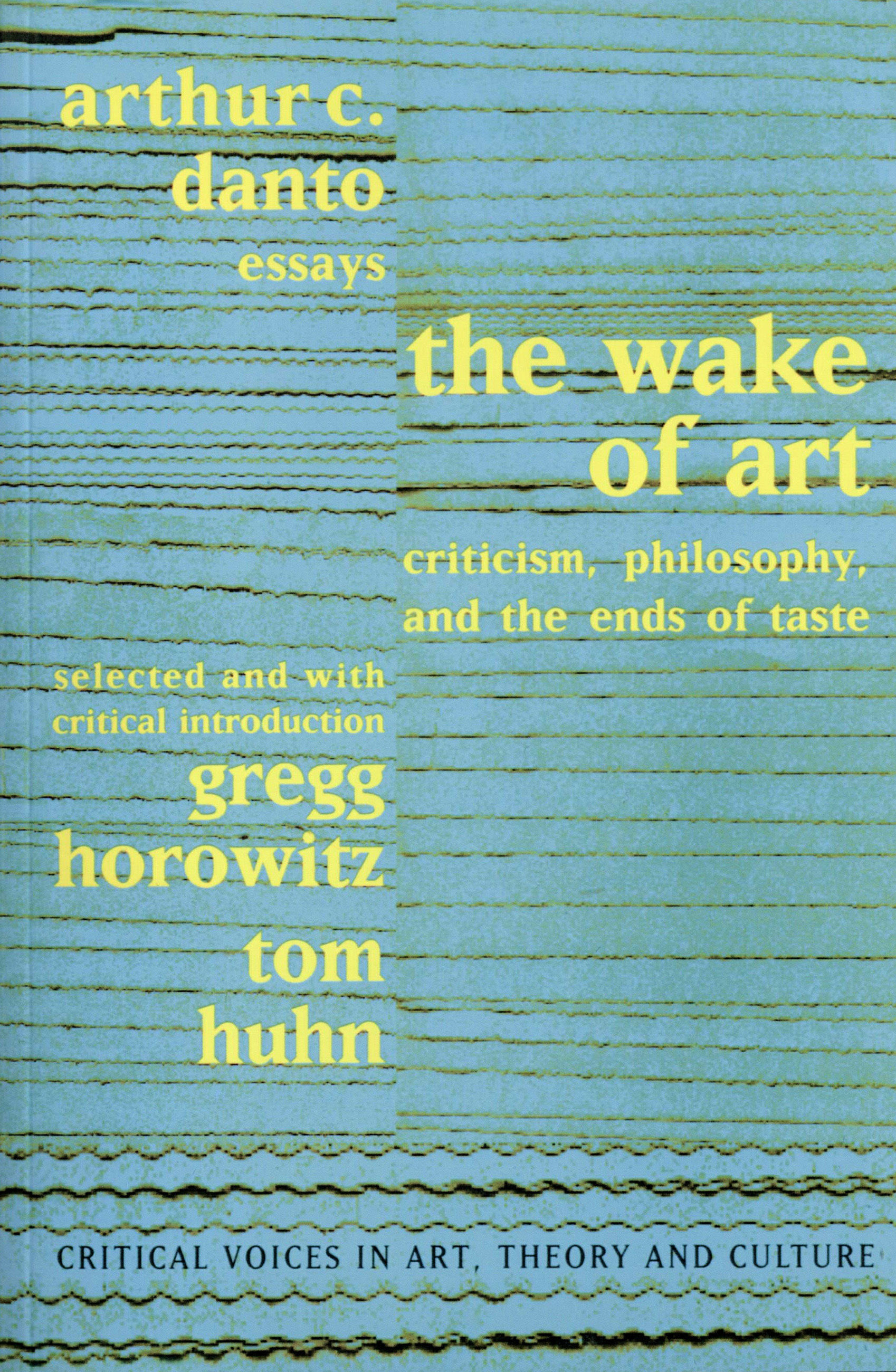
Arthur C. Danto. Wake of Art: Criticism, Philosophy, and the Ends of Taste.
London, New York: Routledge, 1998. 204 pp.
The phrase “the end of art” was coined in the mid-1980s by American theorist Arthur Danto. It was, of course, not the death of art that he diagnosed in his writings, but the impossibility of conceptualizing art in old categories, based on the premise that art adhered to certain historically determined constraints.
“Every art movement of modern times,” Danto writes, “has come in with a set of claims that invalidated every other way as unacceptable. Seurat did not present Pointillism as ‘just another way to paint.’ It was the only scientific way to paint.” Our understanding of art, which crystallized in our philosophy of art (and mainly in art criticism of the time), was based on the belief that there was only one possible way in which art could evolve, to which there was no alternative.
According to Danto, the situation changed in the 1960s, when Pop Art and minimalism proved that art could assume any shape or form. “With this came the recognition,” Danto explains, “that the meaning of art could not be taught through examples, and that what makes the difference between art and non-art is not visual but conceptual.”
The art of the 1960s has given rise to a new philosophy associated with pluralism, and this pluralism was precisely what brought about “the end of art”—art determined by a single historical vector and guided by the single “right” choice that reflected its “essence.”
According to Clement Greenberg, whom Danto quotes frequently, “pure art” was meant to “coincide with all that was unique in the nature of its own medium” and explore the medium’s proper content and limitations: color and line in painting, volume and mass in sculpture. The artist, in this paradigm, had nothing to do but to infinitely reproduce the existing imagery and the dominant philosophy of art, which legitimized it. In the age of pluralism, “artists no longer needed to be philosophers.” They were now free to decide how their art should evolve, while the questions relating to “the nature of art” were left for philosophers to try and answer. These questions, Danto believed, were to be worked on to the point when they would become so abstract that they could be applied not only to a particular art, but to all art forms—from ancient to contemporary forms, and from painting to video art and performance.
To a contemporary reader, thinking of art in terms of pluralism is, perhaps, habitual. Today, pluralism is what we see in every museum and gallery, and stating this fact without any further explanation of the reasons behind it is hardly what one expects to find in an academic study. However, Danto’s writings do convey the sense of a radical change that accompanied this discovery in the age of dogmatism, where it became a matter of debate.
Curiously, at times, Danto does himself doubt art’s commitment to pluralism. “As the eighties evolved, it became clear that Schnabel was really only making Schnabels, Salle only confecting Salles.” “The end of art,” it seems, can also refer to the wasted opportunity for a truly radical transformation of art, which never happened. V. L.
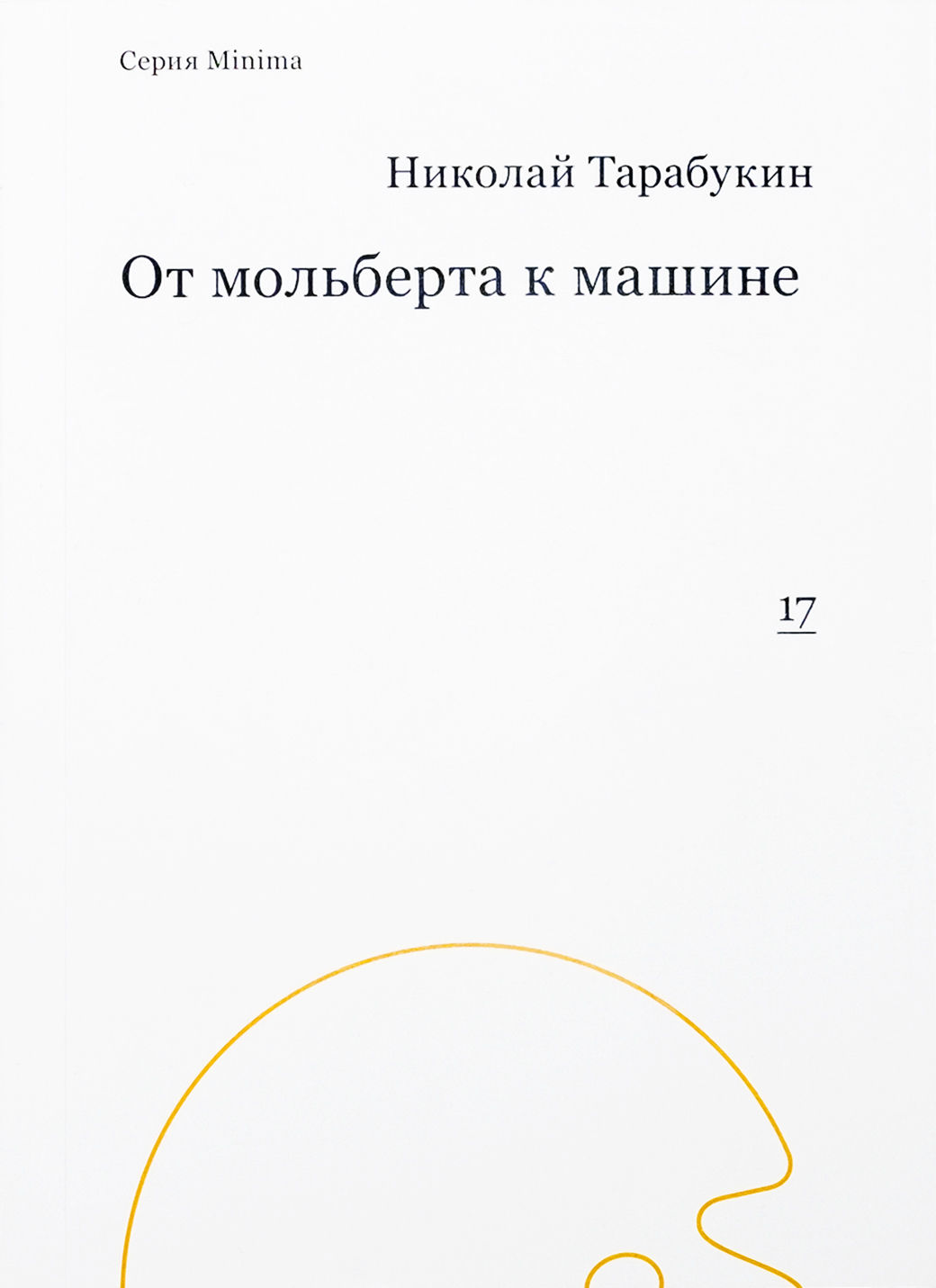
Nikolai Tarabukin. Ot molberta k mashine (From the Easel to the Machine).
Moscow: Ad Marginem Press, 2015. 72 pp.
Nikolai Tarabukin was one of the theorists of art productivism to have predicted (like many others in the avant-garde) the imminent death of art. His manifesto-like From the Easel to the Machine was written in 1923, and was republished by Garage and Ad Marginem Press in 2015.
Diagnosing the crisis of the “old” art, Nikolai Tarabukin focuses on easel painting, which, having gone through many transformations in cubism and abstract art, has finally reached its limits—first and foremost, socially, as, being figurative, it had “its aesthetic and meaning in the milieu of a particular class or social group, as an individualistic expression of the aesthetic consciousness of a class or group.”
New art, according to Tarabukin, would be democratic. The objects it would produce would have nothing to do with individualistic expression. Instead, they would be “socially justified in form and purpose.”
Underlying this seemingly vague formula is the central tenet of productivism in art, which Tarabukin describes as “the new constructive approach to artistic practices”—a creative coordination of two aspects of an object: its form and its purpose. The old art, devoid of any function and made for museums or for disinterested contemplation, was coming to an end. “Art is the highest form of activity aimed at giving shape to material,” he writes. “Whether the artist works with objects or ideas, he is now destined to turn from a craftsman into a producer and creator.”
Tarabukin does defend the physical object, but the object he speaks about is not hand-made: it is an industrial object produced by machines. It is never a finished object, either, but a system consisting of a number of objects, like a machine of many parts. It is produced in several stages, and the artist needs to “merge with production,” taking part in every stage.
Despite this merging, art, Tarabukin points out, should not turn into applied art, which he rejects. The task of art is to perfect production processes and working conditions. The role of the artist is also reconsidered. As a maker—an independent agent—the artist has no place in a developed economy. Instead, he takes the role of an engineer, a worker collaborating with others in the general production process.
Nikolai Tarabukin’s theory can hardly be classified as “mainstream” productivism, which is commonly associated with Osip Brik and Boris Arvatov (in fact, Arvatov published a critique of Tarabukin’s work in the LEF journal). However, Tarabukin’s influence shows through in the postwar avant-garde (for example, in Peter Bürger’s works), as well as in Viktor Papanek’s theory of socially responsible design and Richard Florida’s concept of the “creative class.” V. L.
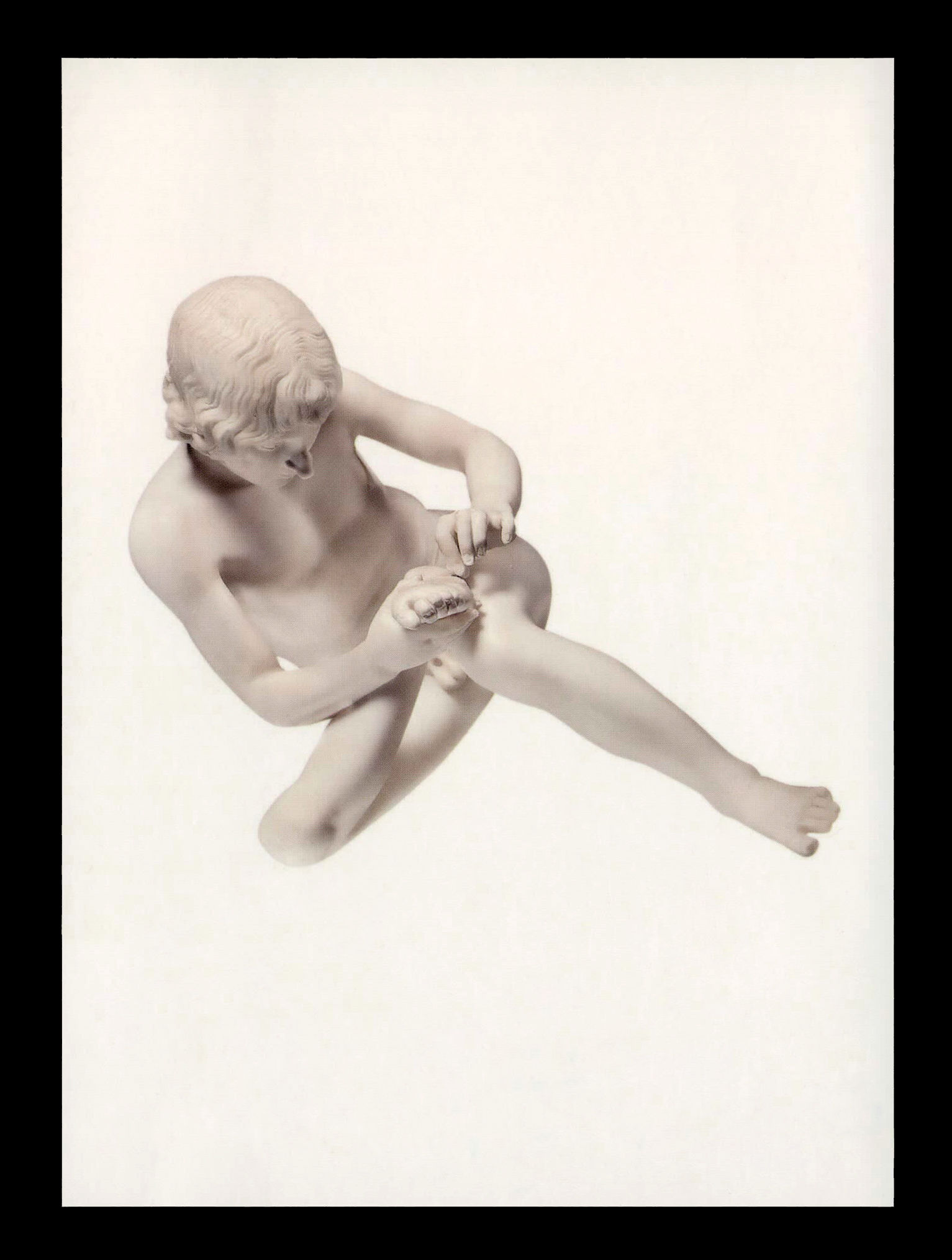
Douglas Crimp. Na ruinakh muzeya (On the Museum’s Ruins).
Мoscow: V-A-C press, 2015. 432 pp.
Published in 1993, this work by American critic Douglas Crimp offers an analysis of postmodernism and an investigation into the crisis in the functioning of contemporary museums, which, according to the author, postmodern practices have caused.
“Art as we think about it only came into being in the 19th century, with the birth of the museum and the discipline of art history,” Crimp argues, “for these share the same time span as modernism.” Modernism, he continues, produced “the idea of art as autonomous, as separate from everything else, as destined to take its place in art history.”
The museum is the main proponent of this idea as well as the depository for art history. Until recently, it was seen as universal art territory that presented art as an “uninterrupted sweep from Altamira to Pollock.” Such logic implied that all the changes in art throughout its history have been formal and limited to the matters of style, while essentially art has always reflected people’s unchanging need of creating aesthetic imagery.
However, Douglas Crimp shows that in fact relatively recent practices (texts included in the book were written over the course of the 1980s) presented a critique of this universalized museum that reflected the modernist logic. The pioneers of institutional critique, Louise Lawler and Daniel Buren, made an attempt at deconstructing the museum as the institution that legitimized art by exposing it in a certain way and creating an aura of authenticity and uniqueness around selected artworks. Sherrie Levine and Richard Prince subverted this aura with their appropriation art, while Cindy Sherman defied the idea of the artist’s autonomy by revealing the way the artist’s identity is shaped by the dominant culture and discourse.
Postmodern art, as represented by these artists, is heterogeneous, but, unlike Arthur Danto, Douglas Crimp refuses to identify this heterogeneity as pluralism. According to Crimp, “pluralism entails the fantasy that art is free, free of other discursive practices and institutions, free above all, of history,” while “postmodernism is about art’s dispersal, its plurality” and realization of its historicity and conditionality.
Douglas Crimp’s analysis is remarkable in many ways. One important aspect is its methodological clarity. Turning to Foucauldian discourse analysis, Crimp builds on Foucault’s idea of rupture, threshold, discontinuity of discourse, and takes the role of an archaeologist of the rupture that has shaped the art of today. Another achievement is Crimp’s analysis of the way art is shaped by institutions, which act as a medium. Here he assumes a more academic approach to postmodernism, separating it from indiscriminate pluralism and the “interconnectedness of everything.” Finally, Crimp’s work is notable for its compelling and elegant style, which has been preserved in the Russian translation. V. L.
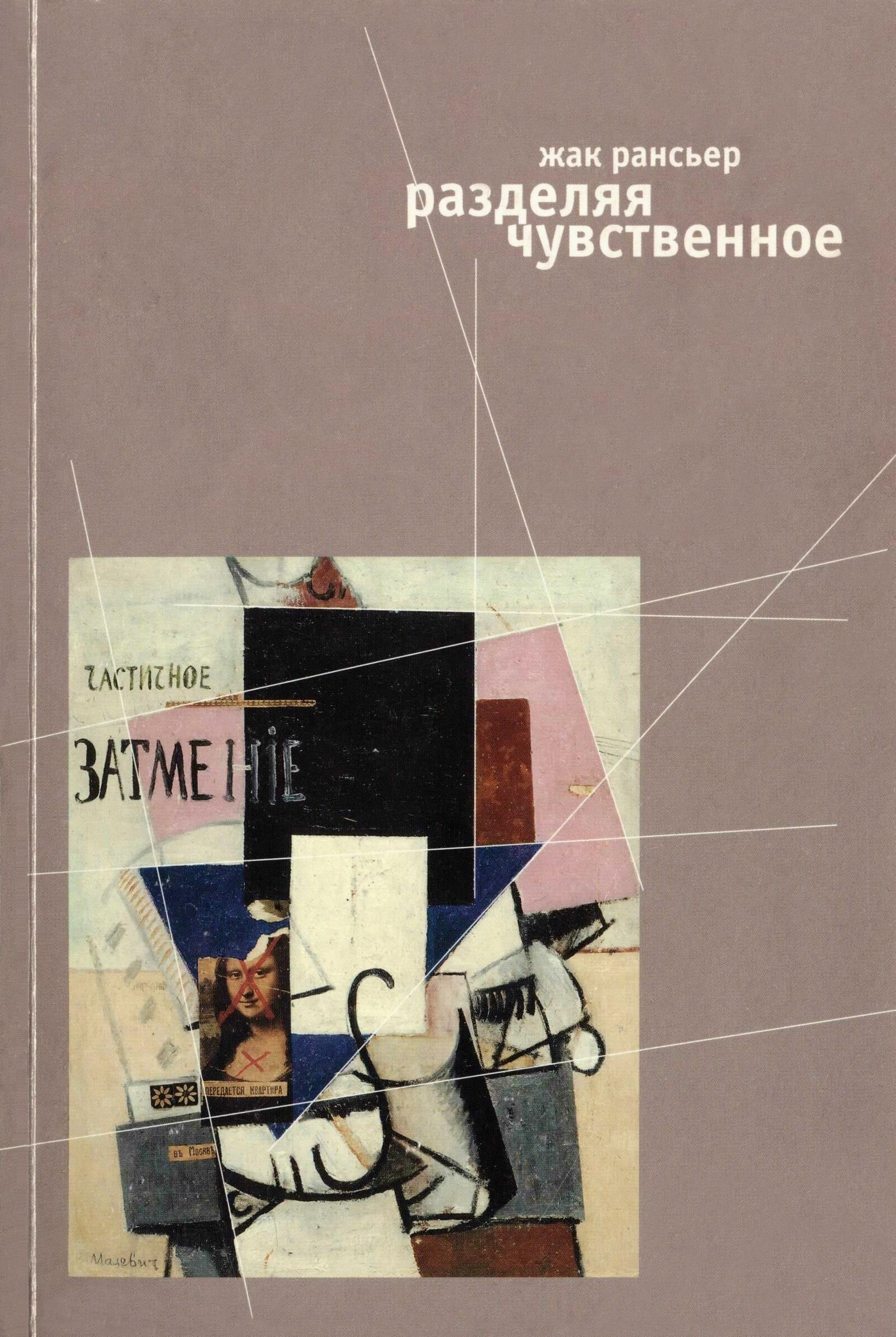
Jaques Rancière. Razdelyaya Chuvstvennoye (The Distribution of the Sensible).
Saint Petersburg: European University at Saint Petersburg, 2007. 264 pp.
The Distribution of the Sensible is a collection of essays exploring the intersection between the political and aesthetic practices that form the basis of the autonomy of art. To explain the paradoxical nature of the political dimension of aesthetics, Rancière introduces the notions of poetic and aesthetic regimes, which manifest themselves in production as much as in our understanding of art. The poetic regime, which is associated with mimesis, or representation, identifies arts within “a classification of ways of doing and making.” In the aesthetic regime, on the other hand, “the identification of art is based on distinguishing a sensible mode of being specific to artistic products.” These regimes form a historical sequence and the aesthetic regime comes into being with the advent of modernism: Rancière traces its roots back to the French novel of the 19th century (the works of Honoré de Balzac and Emile Zola that mixed the high with the low and marked a democratic shift in literature) and German Romanticism (Friedrich Schiller’s On the Aesthetic Education of Man was to create a man who could live in a free and open society). The change of the paradigm, or the transition to modern art, according to Rancière, took four decades: from 1880 to 1920, the period between Symbolism and Constructivism, which saw one system supplanted by the other.
One aspect that Rancière insists on is the connection of these regimes to politics. An essential trait of the poetic regime is the “hierarchy of genres according to the dignity of their subject matter.” Revolutionary modernism renounced hierarchies and effaced borders between mimesis, life, and social and political affairs. ‘The aesthetic regime asserts the absolute singularity of art and, at the same time, destroys any pragmatic criterion for isolating this singularity.”
Analyzing the specificity of the aesthetic regime, Rancière comes to the conclusion that it has not completely lived up to its promise, and envisages postmodernism not as merely an attempt to subvert the modernist theoretical edifice, but a revision, a test of modernism in a new social and political context. So, although he does testify to the death of the poetic regime, Rancière does not support the idea that image, aesthetics, or art in general have come to an end. E. I.

Antinomies of Art and Culture. Modernity, Postmodernity, Contemporaneity.
London: Duke University Press, 2008. 437 pp.
This publication brings together a selection of essays written for a conference in Pittsburgh, Pennsylvania that took place in 2004—two day after the start of the second term of President George W. Bush. Bush’s reelection was a symptomatic moment for curator and art theorist Terry Smith, who co-edited the book: the demise of postmodernism would be followed by a return to imperialism in the West and fundamentalism in the East. How could art make sense of the new postcolonial, globalized yet divided world, where the roles of former colonies and former empires were being redefined and new superpowers emerged? And how could the rigid Western history of art change to include the previously excluded non-Western artists?
In one of the collection’s central essays, one of the book’s editors, Okwui Enwezor, introduces the concept of “postcolonial constellation”—a political frame that determines the relations between the global and the local, center and periphery, the state and the citizen, the transnational and diasporas, the audience and institutions. Taking these dispositions into account and redefining political, social, and cultural relations, art can become a manifesto for liberation and civil rights.
Art historian Sylvester Ogbechie continues with a critique of neomodernism, which has revived the modernist discourse of appropriation that did not allow non-Western artists to become subjects of art history and modernity in the same way that Western artists were. According to Ogbechie, the Western narrative does not even allow any space for inclusion, as it treats all non-Western art as inferior and lacking independence—as objects of admiration. Ogbechie offers an alternative modernist project—a radical alignment—which, instead of looking for traces of non-Western art in the West, would envisage the non-Western art as a reaction to certain global narratives that created other modernities.
Expanding on the opportunities for resistance in the context of globalization, contributor Nikos Papasteriadis analyzes the representation of the everyday and interaction with the environment as the main artistic strategies of today: they can elaborate the language of resistance and representation, allowing art to step on political territory.
Other contributors to the publication include philosophers Antonio Negri and Boris Groys, art critic Rosalind Krauss, sociologist Bruno Latour and media theorist Lev Manovich. E. I.
